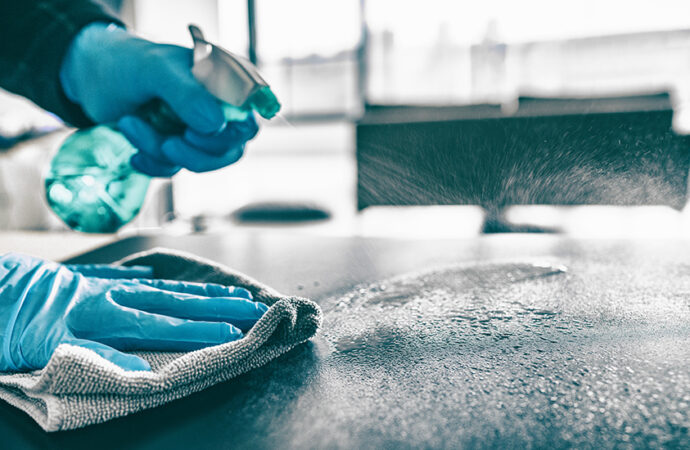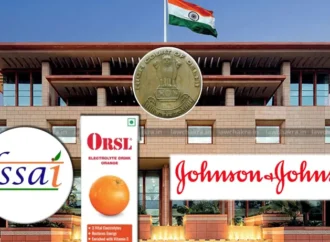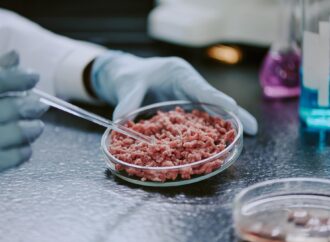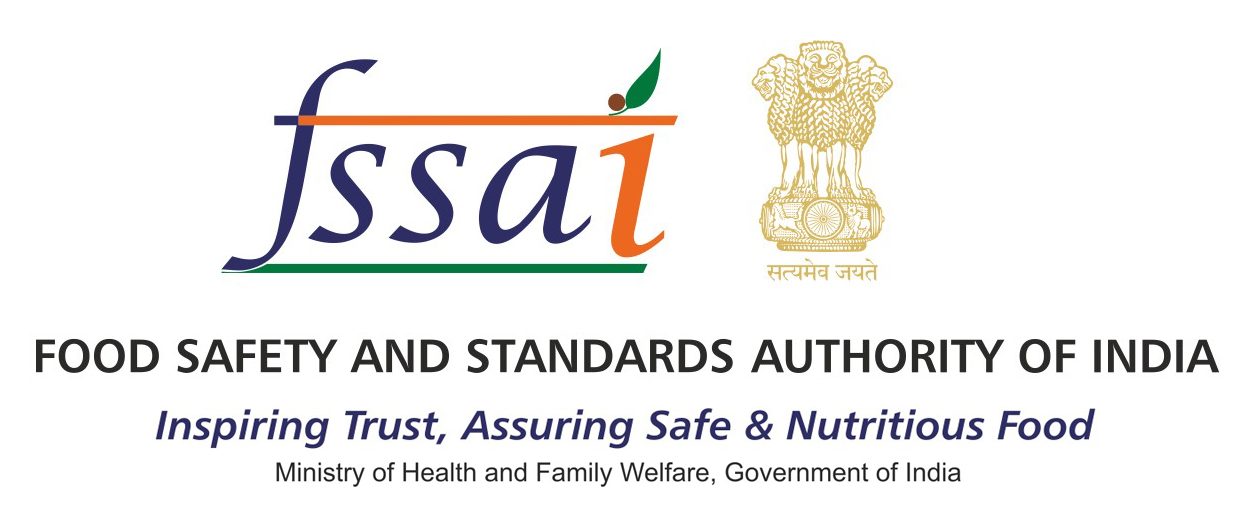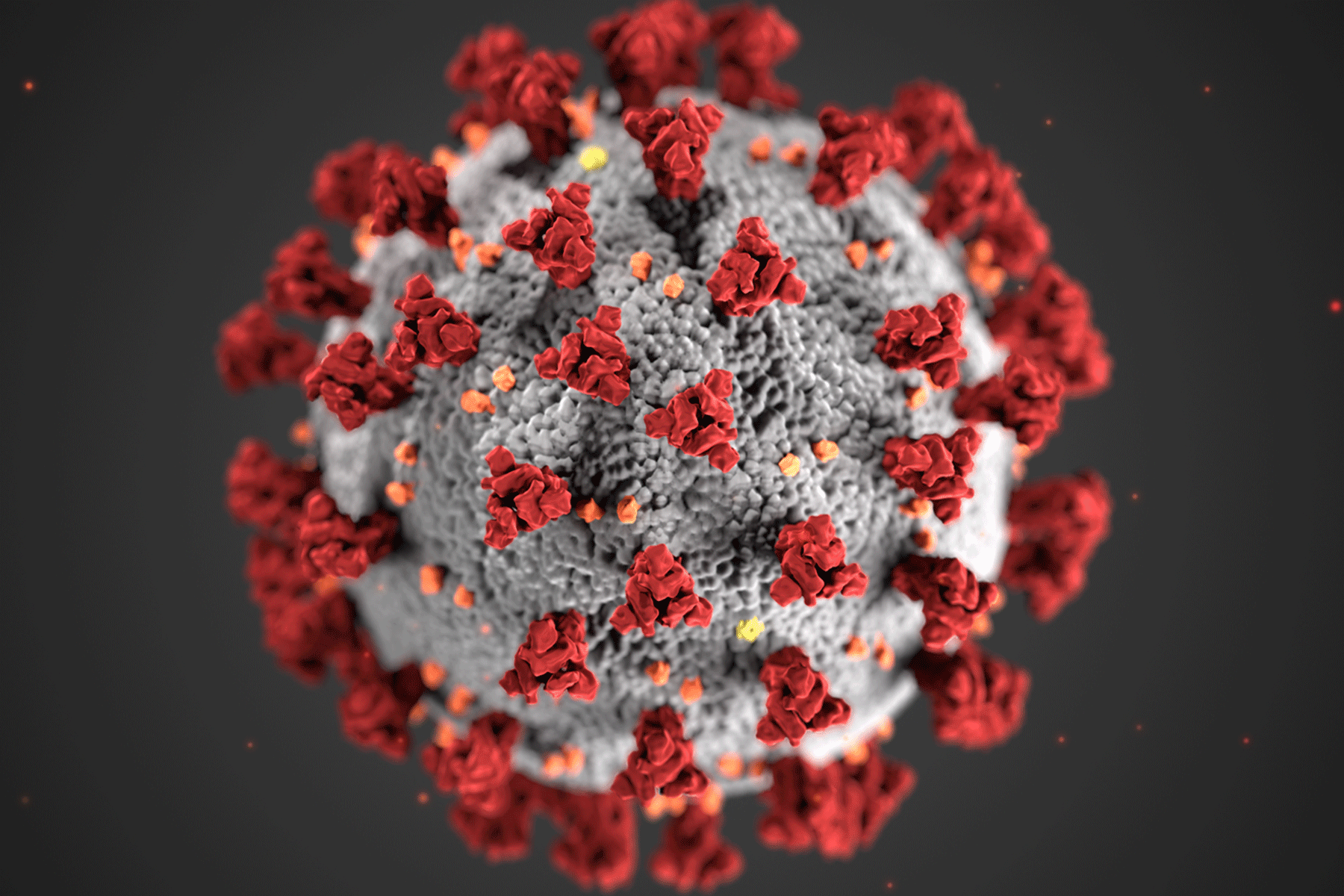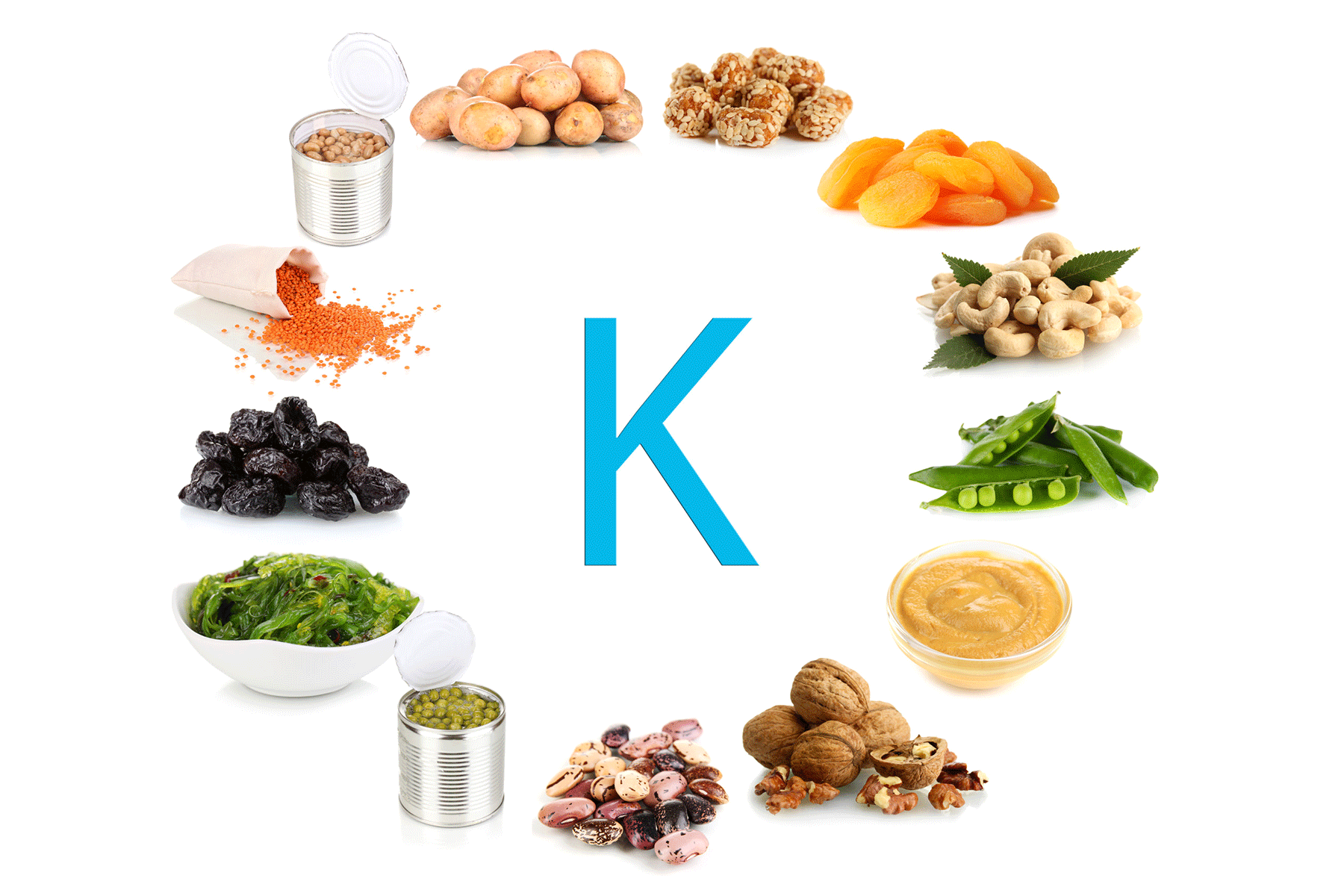Keeping food safe goes beyond using fresh ingredients—it requires keeping everything around it clean and germ-free. In the food industry, sanitizing plays a major role in preventing contamination, maintaining hygiene, and protecting our health. Whether food workers run a large processing plant or a small hotel kitchen, they must sanitize properly to stop harmful bacteria, viruses, and other microbes from spreading and causing food poisoning. Let’s take a closer look at why sanitizing matters, what it involves, and how food businesses can do it right.
What Do We Mean by “Sanitizing”?
Sanitizing reduces germs to a safe level. It goes beyond cleaning, which only removes visible dirt and food scraps. When you sanitize, you target the invisible germs and bring them down to levels considered safe by health standards. It’s a crucial step for keeping food contact surfaces—like knives, cutting boards, mixers, and hands—safe. It also applies to non-food contact areas, such as walls and floors in processing zones.
Why Is Sanitizing So Important in the Food Industry?

Here’s why it’s not something businesses can skip.
- It Helps Prevent Foodborne Illnesses
Germs like E. coli, Listeria, and Salmonella can easily transfer from dirty surfaces to food. These can cause serious illnesses. Sanitizing kills or removes these pathogens before they can harm anyone.
- It Keeps Businesses Legally Safe
In India, the Food Safety and Standards Authority of India (FSSAI) makes it mandatory for food businesses to follow hygiene standards. Regular sanitizing is a big part of this. Ignoring it can lead to fines or shutdowns.
- It Maintains Product Quality
Contamination affects taste, smell, color, and even shelf life. Sanitized surfaces keep food fresh and safe for longer.
- It Builds Customer Trust
In today’s world, customers expect cleanliness. Clean kitchens and production lines not only meet expectations—they bring customers back.
Where Should We Sanitize?
We need to sanitize everywhere food is handled, stored, or served.
- Food Processing Plants: Workers must sanitize machines and tools before and after every use.
- Restaurants and Kitchens: Staff should clean and sanitize knives, counters, and cooking stations regularly.
- Shops and Storage Units: Teams must keep shelves, cold rooms, and containers free from germs.
- Street Food Stalls: Vendors should use clean water, wash their hands often, and sanitize utensils to keep food safe.
How to Sanitize the Right Way
It’s more than just wiping with a cloth. Here’s a basic five-step process food businesses should follow:
- Pre-cleaning: First, remove visible food bits and grease.
- Washing: Use hot water and a food-safe soap or detergent.
- Rinsing: Rinse with clean drinking water to remove soap.
- Sanitizing: Use a food-safe sanitizer or hot water (above 77°C) to kill germs
- Drying: Let it air dry or use a clean, disposable towel. Never reuse dirty clothes.
Modern solutions are helping make sanitizing easier and more effective. Automated cleaning systems (called CIP or clean-in-place), UV disinfectants, and even ozone-based systems are being used in advanced food facilities. Digital checklists and apps now help teams track cleaning routines, making sure nothing is missed.
Common Sanitizers Used in the Industry
Different places use different methods.
-
Chlorine-based: Cheap and effective, often used in factories.
-
Quats (Quaternary Ammonium Compounds): Safe and gentle, good for retail or kitchen use.
-
Iodine-based: Works well, even in cold water, but may stain surfaces.
-
Heat (Hot Water or Steam): Great for areas where chemicals shouldn’t be used—like dairies and bakeries.
Always follow the label for correct use—using the wrong amounts can either leave germs behind or make food unsafe.
What Makes Sanitizing Difficult?
There are still some challenges in getting it right.
-
Lack of Training: Some workers don’t know proper steps.
-
Time Pressure: In busy kitchens, cleaning can get rushed.
-
Cost Concerns: Small vendors may avoid using quality sanitizers due to cost.
-
Poor Infrastructure: In some areas, there’s not enough access to clean water or good drainage.
Fixing these problems requires awareness, training, and support from local authorities.
How to Build a Hygiene-First Culture
Making sanitizing a daily habit is key.
-
Train Staff Regularly: Hygiene habits start with education.
-
Use SOPs: Simple instructions on what to clean, how, and when.
-
Do Regular Checks: Routine inspections help catch lapses early.
-
Inform Customers: When customers care, businesses act.
Final Thoughts
Sanitizing isn’t just a routine—it’s a vital safety step that protects everyone. From big food companies to small food carts, every food business should treat sanitizing as a priority. It keeps food safe, customers healthy, and businesses trusted. Because when it comes to food, cleanliness is not optional—it’s essential.
 Food Manifest
Food Manifest 